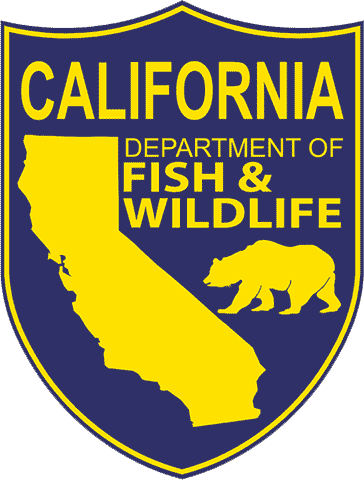
Monitoring population size and survival of an endangered snake to inform risk assessments and future management practices.
Project Description:
Land-use change has destroyed >85% of wetland habitats in California’s Central Valley, which caused populations of an aquatic snake species, the giant garter snake (Thamnophis gigas), to decline and required the species to be listed as ‘threatened’ under the Endangered Species Act. Despite great loss in population redundancy, information describing population dynamics and underlying demographic rates are relatively uncommon for the species, largely because the species’ aquatic life history makes it difficult to monitor populations with traditional sampling methods.
Wildlife management agencies, including the California Department of Fish and Wildlife, require information about population trends, demographics, and population persistence through time to make informed conservation decisions about population and habitat management. With funding from Ducks Unlimited LLC and in partnership with Hansen Biological Services, we analyzed an exhaustive mark-recapture dataset from the Cosumnes River Preserve in the Central Valley of California to estimate population size and apparent survival rates over a three-year period. We found that the population was stable for the first two years with approximately 59 snakes present in 2021 and 2022, but that a catastrophic flood event decreased survival and caused a 33% reduction in population size in 2023. The population has been considerably reduced compared to historical densities and may be at elevated risk of extinction due to decreasing habitat quality and/or environmental stochasticity. Future sampling efforts paired with our analytical approach will allow management agencies to continue to monitor the population size through time and support future conservation efforts.

Frequency of population size estimates for giant garter snakes (Thamnophis gigas) at the Snake Marsh ‘restoration area’ in the Cosumnes River Ecological Reserve, California, during 2021–2023. Panel titles indicate the year. Population size was estimated separately for each year by fitting annual capture-mark-recapture data to a Cormack-Jolly-Seber closed population model. Blue vertical lines are mean values.






